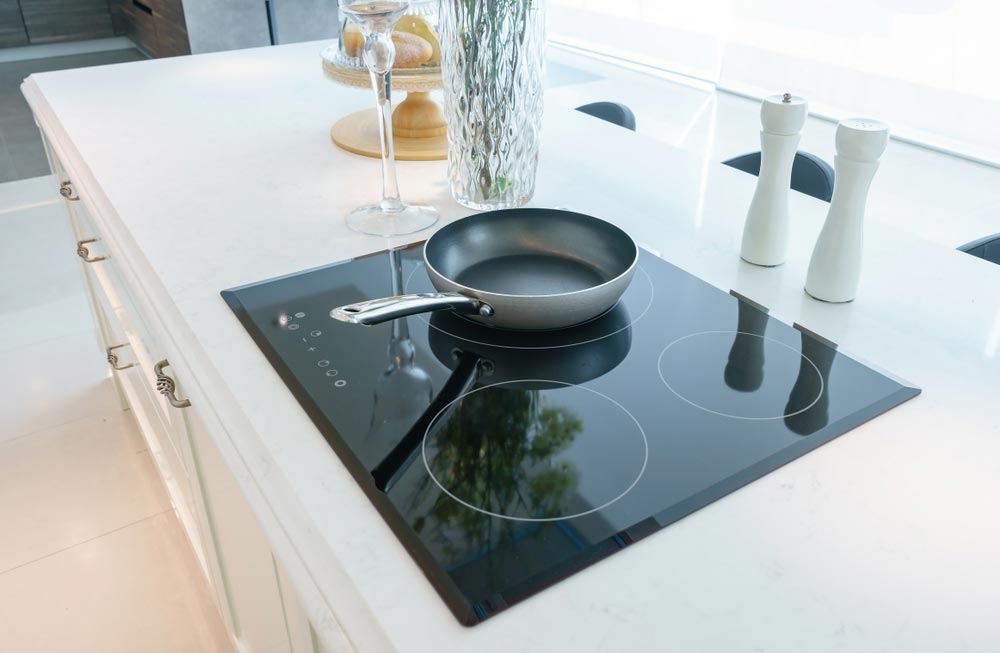In today’s world, we rely heavily on energy in our daily lives, particularly gas and electricity. These two energy sources are the lifeblood of our homes, powering everything from heating and cooking to lighting and other appliances. It’s important to understand the difference between these energy sources to make informed choices that can help you save money, reduce environmental impact and ensure safety. In this guide, we will take a detailed look into gas and electricity, covering different aspects such as costs, safety measures and much more.
Energy 101: Unpacking Gas and Electricity
- Gas: Natural gas is a non-renewable fossil fuel primarily composed of methane. When burned, it releases heat energy that is used in our homes for purposes like heating and cooking. Gas appliances, such as heaters and stoves, use this energy directly, making it a primary energy source.
- Electricity: Unlike gas, electricity is a secondary energy source, meaning it’s generated from a primary source such as coal, gas, nuclear energy, solar energy or wind energy. It’s versatile and used to power a wide range of appliances in our homes, from lighting to refrigeration.
Cost Breakdown: Comparing Gas and Electric Appliances
- Initial Costs
- Gas appliances: Gas appliances, such as gas stoves and heaters, are typically more expensive to purchase initially. They also require professional installation by a certified plumber to ensure safety and proper functionality.
- Electric appliances: Electric appliances, such as electric ovens or air conditioners, are generally less expensive to purchase. However, their installation also needs to be done by a licensed electrician, to adhere to electrical codes and standards.
- Running Costs
- Gas appliances: Once installed, gas appliances tend to have lower running costs due to the generally lower cost of gas compared to electricity. However, these costs can vary based on local gas prices and the efficiency of the appliance.
- Electric appliances: Electric appliances can have higher running costs, largely depending on local electricity rates and the energy efficiency of the appliance.
- Maintenance Costs
- Both gas and electric appliances require regular maintenance to operate at peak efficiency. For gas appliances, this involves routine checks for gas leaks and burner efficiency by a plumber, while for electric appliances, this means periodic electrical safety checks and component inspections by an electrician.
Safety Check: Risks Associated with Gas and Electric Appliances
- Gas appliances: The primary risks of gas appliances are gas leaks and carbon monoxide poisoning. Gas leaks can lead to fires, while carbon monoxide is toxic if it leaks. Regular checks by certified plumbers and installing carbon monoxide detectors can mitigate these risks.
- Electric appliances: These appliances can pose risks such as electrical fires or electrocution, if not properly installed or maintained. Regular inspections by licensed electricians can help identify and rectify any potential issues, like faulty wiring or damaged components.
Sustainability Scorecard: Environmental Impact of Gas vs. Electric
- Gas appliances: Being a fossil fuel, gas burning releases greenhouse gases (GHGs), particularly CO2, into the atmosphere, contributing to climate change. It also involves extraction and transportation processes that can have negative environmental impacts.
- Electric appliances: The sustainability of electric appliances is largely tied to how the electricity is generated. If it’s from renewable sources, like solar or wind, the environmental impact is minimal. However, if the electricity is generated from coal or gas, it can also contribute to GHG emissions.
Efficiency Decoded: Understanding Appliance Labels
- Energy Rating Labels: These labels are typically a star rating system where more stars indicate higher energy efficiency. This essentially means that the appliance uses less energy to perform its function, leading to lower running costs.
- Energy Consumption Figures: These figures, usually mentioned in kilowatt-hours (kWh) per year, show how much energy the appliance uses. Lower figures indicate less energy use, which translates to cost savings over time.
Appliance Sizing: How it Influences Energy Consumption
The size of an appliance can significantly influence its energy consumption. Larger appliances tend to consume more energy, even if they have a high energy rating. Therefore, it’s important to consult with professionals, such as plumbers for gas appliances or electricians for electric ones, to determine the appropriate size that fits your needs without unnecessary energy consumption.
Let Us Power Your Home
At Oceanside Services, we understand the complexities of home energy and are here to support you through every step of the process. Whether you want to power your home with gas or electricity, or need new appliances installed, we’re just a call away. For more information or to book an appointment, get in touch with us today. With our qualified electricians and gasfitters at your service, we can help power your home in the most efficient way possible.



 5 Star Service
5 Star Service 







